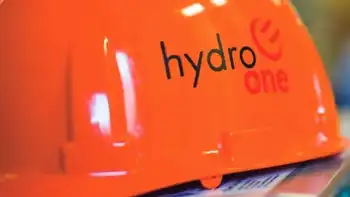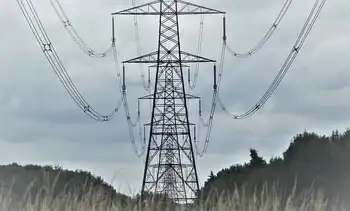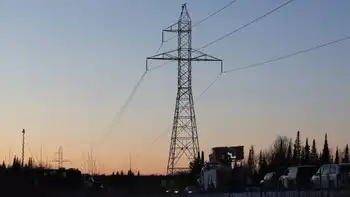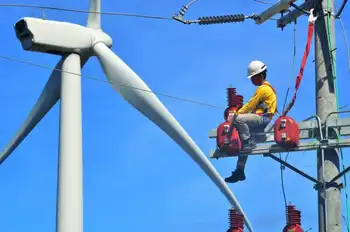London Array consortium awards major contracts
By Industrial Info Resources
Substation Relay Protection Training
Our customized live online or in‑person group training can be delivered to your staff at your location.

- Live Online
- 12 hours Instructor-led
- Group Training Available
The London Array consortium consists of Dong Energy A/S, Abu Dhabi Future Energy Company and German power and gas company E.ON AG.
The windfarm will be constructed on a 245-square-kilometre site located about 20 kilometres off the coasts of Essex and Kent in the Thames Estuary. The project is planned in two phases, and the consortium intends to invest 2.2 billion euros (US $3.15 billion) in Phase I of the project, which will cover about 100 square kilometres and have an installed capacity of 630 megawatts (MW).
Construction of Phase I is planned to start in early 2011, with completion scheduled for 2012. Phase II of the project will bring the total capacity to 1,000 MW, sufficient for about 750,000 households.
The largest of the contracts awarded to date, worth approximately 1 billion euros ($1.4 billion), was signed in May this year with Siemens Transmission and Distribution Limited, a subsidiary of Siemens AG, which covered the supply of 175 Siemens SWT-3.6 turbines, each generating 3.6 MW of power. The turbines have a 120-metre diameter rotor and stand 87 metres above the sea.
In a separate contract worth 128 million euros ($183.5 million), Siemens will supply electrical equipment for the two offshore substation platforms. These substations will increase the voltage generated by the wind turbines from 33 kilovolts (kV) to 150 kV before transmission by subsea cables to the connection point for the UK national grid at Cleve Hill.
Siemens will supply two 180-megavolt-ampere (MVA) transformers for each of the offshore substations, together with associated switchgear and control equipment, as well as four 180-MVA power transformers and four reactive-power compensators for an onshore substation at the connection point.
Subsea cabling to transmit electricity from the offshore platforms to the connection point will be the responsibility of Nexans Norway SA, a division of Nexans SA, which has been awarded a 100 million euro ($143.5 million) contract. Under the contract, Nexans will design, manufacture and supply four 150-kV cross-linked polyethylene-sheathed cables, each 53 to 54 kilometres in length.
Two cables will be delivered in 2011, and the remaining two will be delivered in 2012. The contract also includes provisions for cable accessories such as terminations and repair joints, and each cable will contain fiber-optic cores to enable data transmission.
The cables are based on three copper core conductors, with a cross-sectional area of 630 square millimetres for the main cable, increasing to 800 square millimetres at the cable ends.
The contract for the supply of 177 offshore monopile foundations--one for each wind turbine and substation — has been awarded to a joint venture of Per Aarsleff A/S and Bilfinger Berger AG. The contract also covers the installation of foundations and wind turbines.
The actual construction and installation of the offshore substation platforms will be undertaken by a consortium known as Future Energy, made up of Belgian companies Fabricom, and Iemants Staalconstructies. Fabricom is a subsidiary of GDF Suez SA, and Geosea is a part of the DEME Group. Each platform is identical and will be built on three levels, each with floor areas of approximately 20 metres by 20 metres and weighing approximately 1,400 tons. Siemens will install and test the electrical equipment before the structures are transported in a heavy lift vessel for installation.
Within the windfarm, a total of 209 kilometres of cabling is required to connect the wind turbines to the substations. The contract to supply this cabling has been awarded to JDR Cable Systems Limited, which will supply the 33-kV cables, each of which will also contain a core of fiber optics for data transmission purposes.
Although Nexans and JDR will supply the cabling required for the project, according to the London Array website, a separate contract for the actual installation of the cables has been awarded to Visser & Smit Marine Contracting and Global Marine Systems Limited. However, an announcement on the website of Visser & Smit states that "the intended cooperation between Visser & Smit Marine Contracting and Global Marine Systems has been put on hold," making the exact status of this contract unclear.











